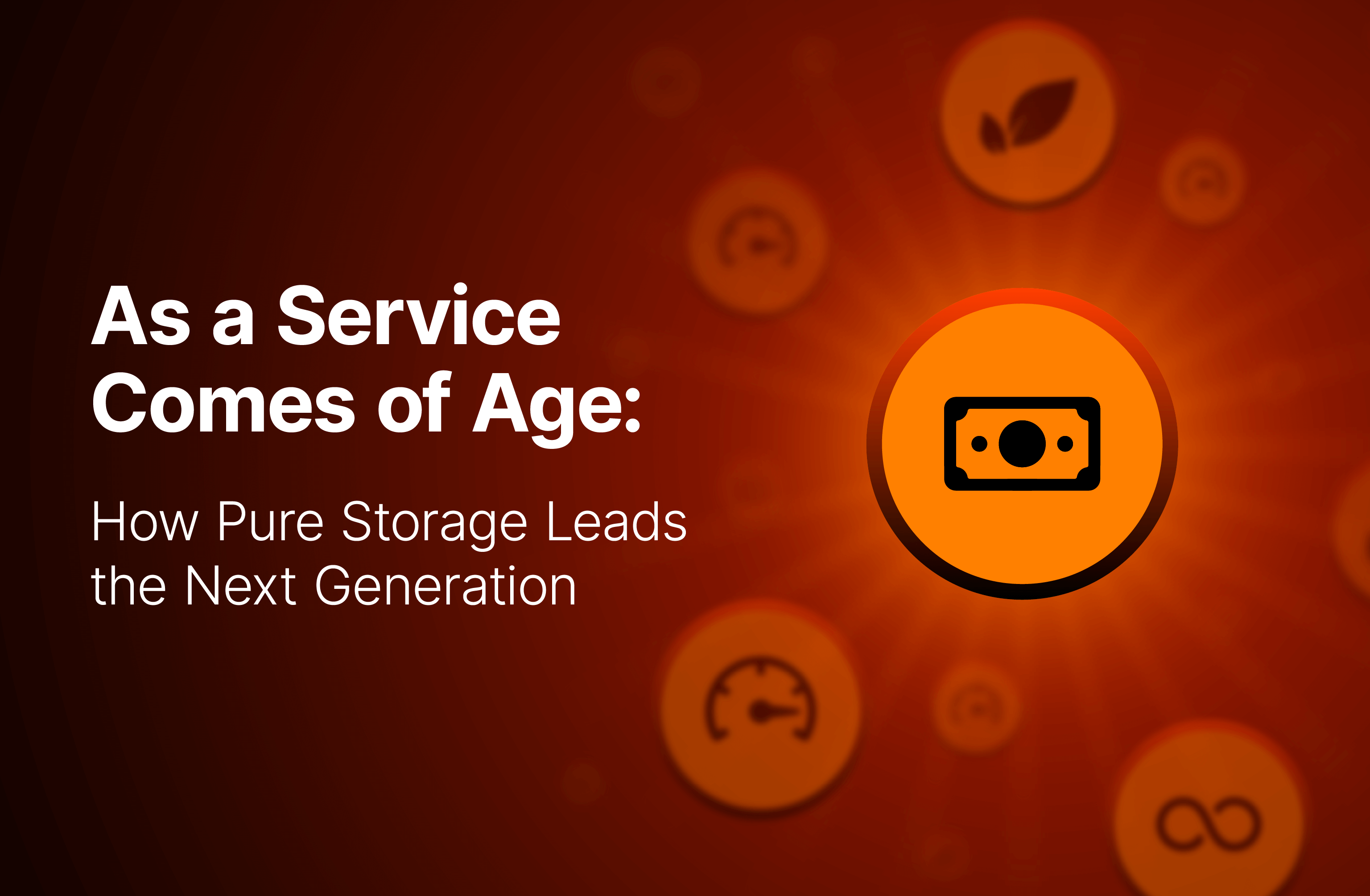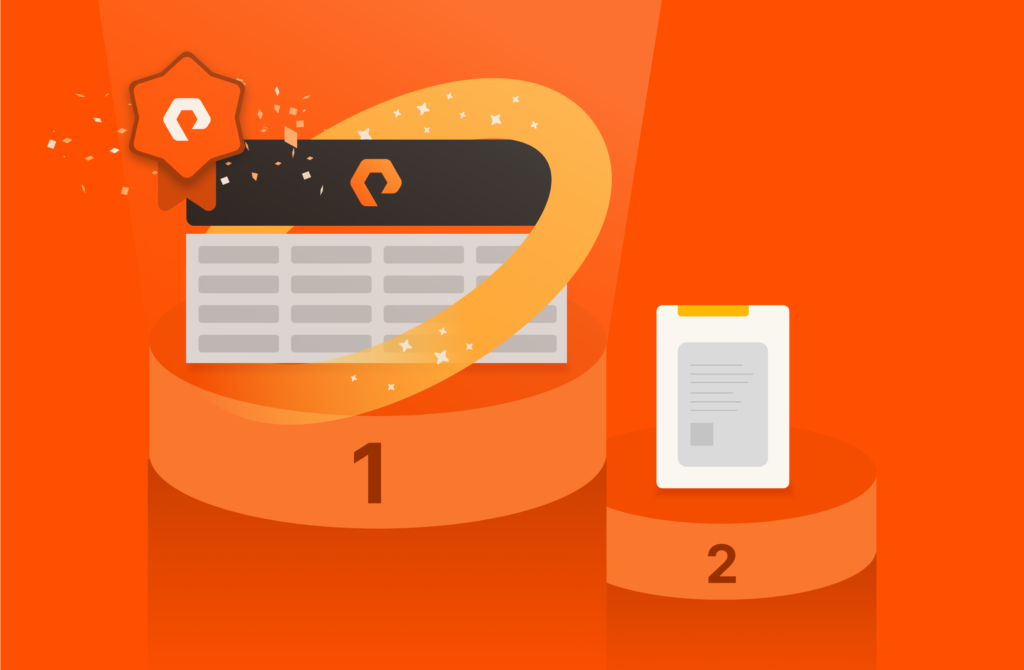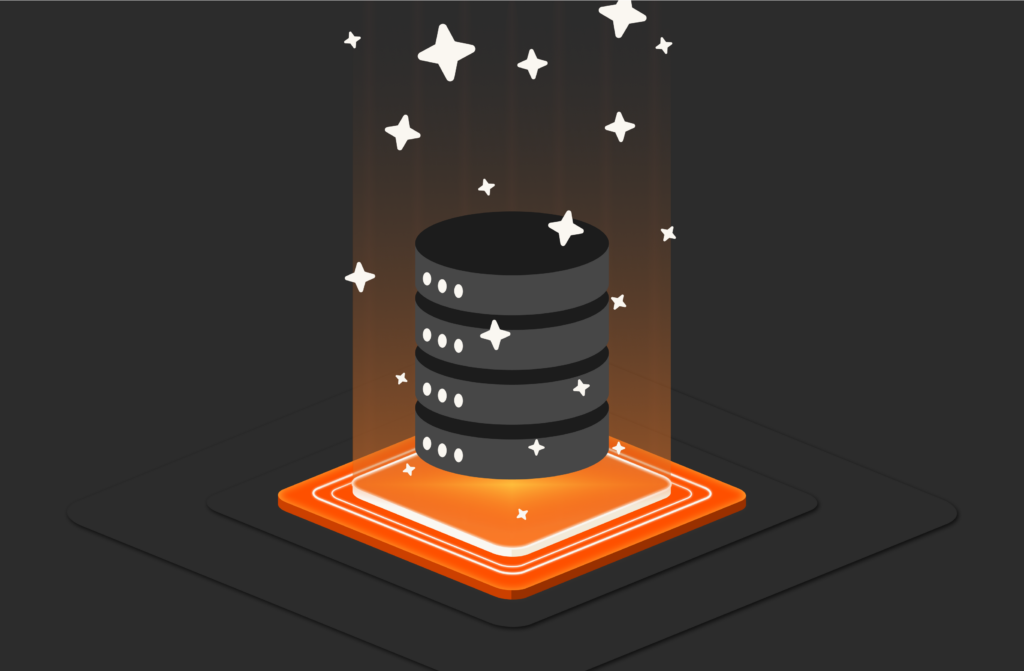Summary
Done right, as a service is now a lot more than just another buying option. It helps organizations plan for transformation differently, offering them a way to mitigate risk and deal with uncertainty.
You can sift through The Pure Report podcast archives and find episodes covering as a service dating as far back as four years ago (check out “Converting Cost into Innovation” with Paul Ferraro for a fun look back at one of my favorite episodes in the program). Back then, we were treating it as a utility or commercial play (Netflix being the most ubiquitous and obvious example). Today, we’re seeing as a service pervade all areas of high tech.
“It’s creeping in everywhere as a preferred consumption model for people moving away from traditional ownership,” Abe said.
His four-plus years as a senior leader of Pure Storage’s subscription portfolio strategy have been a perfect organic extension of his 15-plus years of experience in service-centered tech roles.
“My whole career has been spent thinking about devising, contracting, and executing on big service transitions and transformations, which are all centered around service delivery and as-a-service consumption.”
We chatted about what as a service means today, how it’s evolved, the misconceptions around it, and how, with the right internal alignment, as a service is so much more than just another buying option—it can bring true business transformation.
Unpacking As a Service
As a service has justifiably been most associated with purchase options and ways to save money.
“It’s an obvious differentiator to talk about that, but I think it does the overall topic a disservice to leave the conversation there,” Abe said. “For me, the far bigger impact, the greater power of an as-a-service consumption model, is it changes the ways that you plan your change, you plan your deployments, you plan your developments of your applications, how you think about going to market and developing offerings as a business, as a customer, as a consumer of one of these services.”
“The greater power of an as-a-service consumption model is it changes the ways that you plan your change.”
In this way, from Abe’s POV, as a service can be a way to mitigate risk and deal with uncertainty—essentially helping organizations plan for transformation differently.
The questions are:
Does it create value?
Does it help me optimize cost?
Does it help me mitigate risk?
This is why as a service, done right, is now more of a line-of-business (LOB) conversation than an IT conversation.
The As-a-service Imperative
As-a-service models have clearly evolved from “just another box on the pricing option checklist” to potential game-changers when it comes to driving business value.
But it even goes beyond that, Abe said.
“I think the overall acceleration in innovation across all verticals, coupled with the obvious things in our macroeconomic position at the moment, all create this unprecedented pressure on businesses to adapt and change and respond to those influences way quicker, way shorter than they’ve ever had to do in the past, and that creates internal demand on services or technology that, if they’re not consumed as services, that technology can’t provide that flexibility.”
As a service can be a massive lines-of-business enabler, streamlining go-to-market costs, strategies, and timelines.
“To have an internal IT service catalog that is capable of responding on the spot—that is magic for a business for time to value,” Abe said.
But there’s still some work to do around change management and understanding that as a service is more than just a finance model.
“There’s a lot of ‘this is how we’ve always done it,’” Abe said. “And they’re still based on this multiyear idea of you know it’s going to be this today, it’s going to be this in year three, it’s going to be this in year five—give us your lowest price per gigabyte of space.”
Redefining ‘Cloud,’ and What Sets Pure Storage’s As-a-service Apart
All that is slowly changing as companies wake up to what as a service can be, especially when it comes to data storage.
There’s always an “a-ha” moment that occurs in every customer conversation, Abe said—the part where they finally get why Pure Storage’s architectural difference, via Evergreen//One™, is what sets it apart from other as-a-service offerings.
“You can almost pinpoint the moment in conversation when it happens,” he said. “As soon as they gauge what we’re talking about, in that we are essentially providing little, non-disruptively scaling clouds of storage infrastructure into their locations, their own DCs… As soon as they get that this thing will actually scale… and we maintain the performance, capacity, and availability… As soon as they get that and all they’ve got to worry about is the amount of data at any given time, it changes the conversation completely.”
After that, Pure Storage rarely has to do any more convincing or explaining because the customer knows that it’s just about where the data sits and how much data there is. It then becomes a business opportunity conversation—a matter of finding the right storage requirements for the particular business initiative.
To make the example more concrete: In a typical LOB process, the LOB team, after identifying the new opportunity, goes to the IT department, gives them a timeline, and requests access to certain technologies. But the IT department can only respond based on the resources they have at the time, and if those resources don’t support the project, the only thing they can do is go through a procurement cycle or send the LOB team to the public cloud, which brings its own set of challenges.
“When people talk about moving to the cloud, I think there was this idea originally that it was sort of like a promised land,” Abe said. “But in reality, people are finding that actually it’s not as cheap as they imagined it would be, and getting into the cloud brings its own host of integration issues as well.”
This has led people to delay their movement to the public cloud, Abe said, without changing their requirements. The cloud has its place and usages, but it’s more useful to think of “cloud” as an experience or an advantage, as opposed to a destination.
“What those businesses, what those consumers are really talking about when they say they want to get to the cloud is they want to get to an operating model where they can make course corrections, where they can change their strategy, and they can change their minds about things without penalty or delay. That’s really I think what it comes down to, and that little requirement, that little sort of gem of what I think they’re looking for as an outcome for themselves is what we kind of hold as our North Star to innovate and evolve our offerings.”
Discover more about why Pure Storage is the future of data storage.
![]()
Written By:
The Next Generation
Learn why Pure Storage is the future of data storage.






